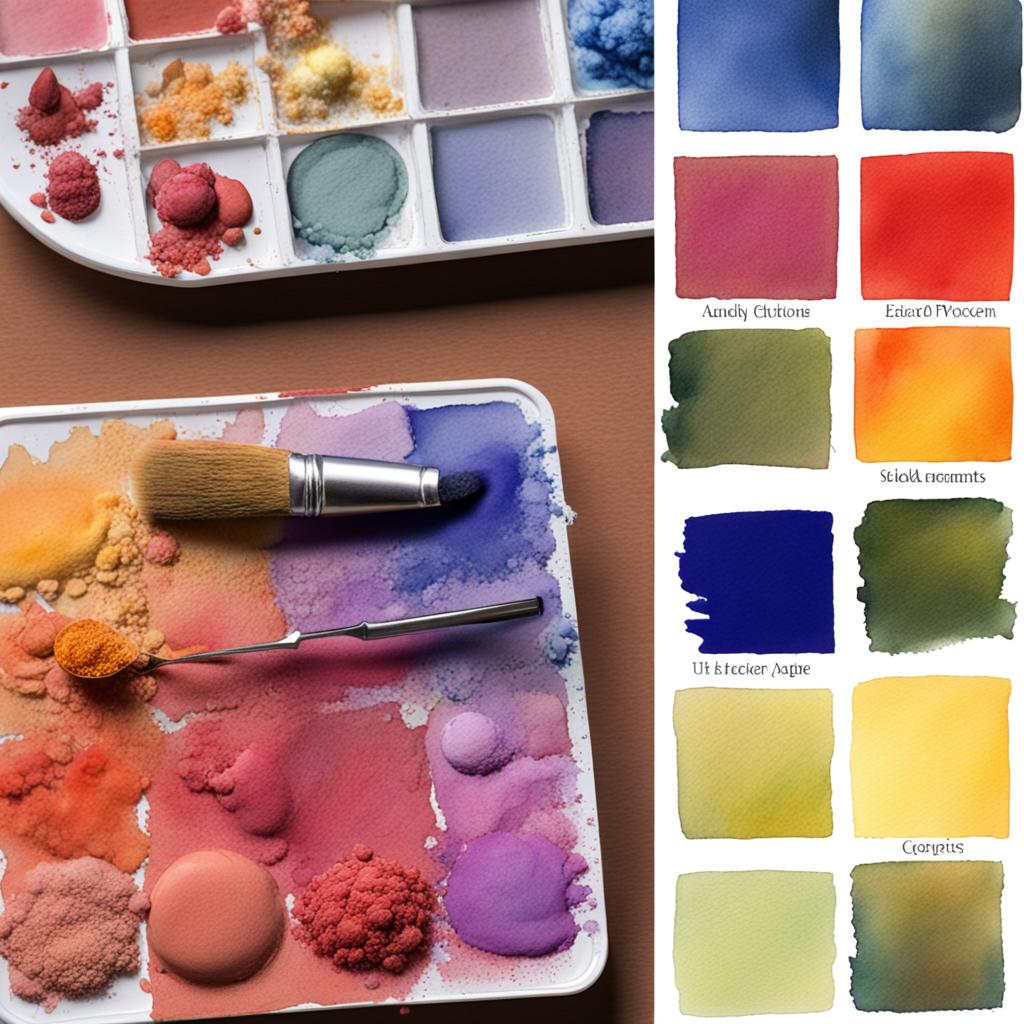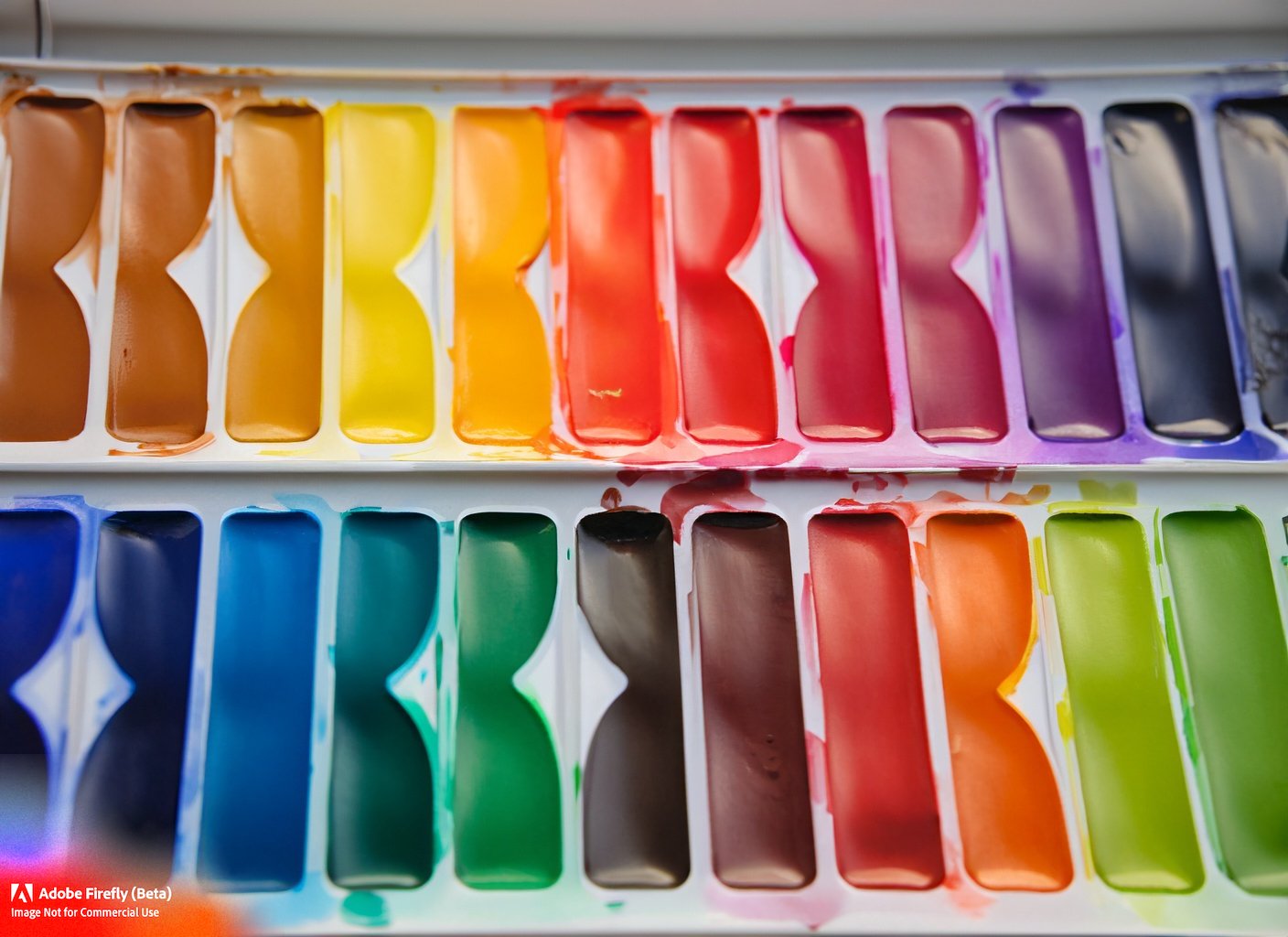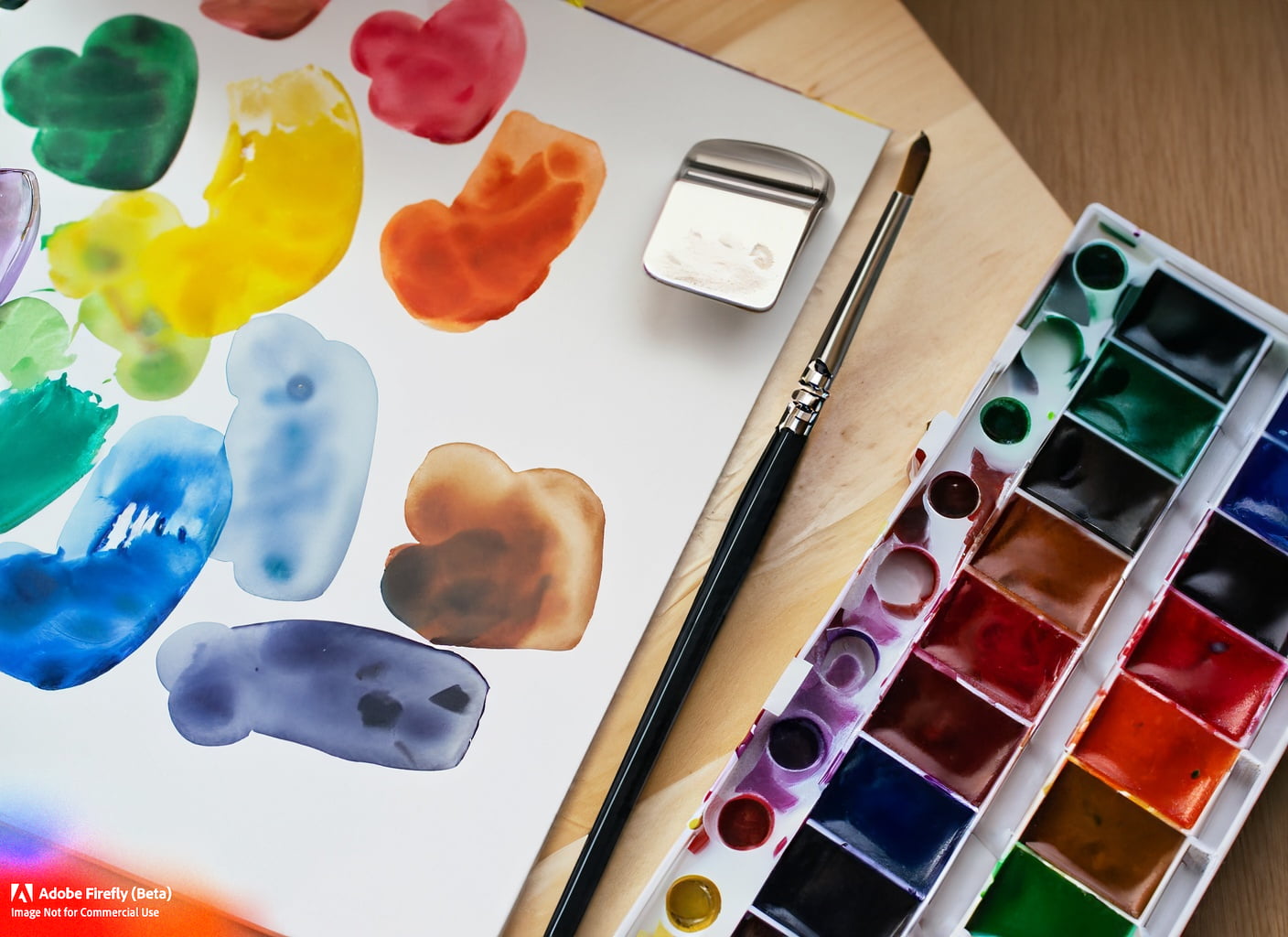
Watercolor painting is a beautiful and versatile medium that has been used by artists for centuries. The evolution of watercolor pigments has played a key role in the development of this art form. In this article, we will explore some of the most important innovations in watercolor pigments, from their origins to the present day.
Early Watercolor Pigments
The earliest watercolor pigments were made from natural materials such as earth pigments, vegetable dyes, and animal products. These pigments were often very fugitive, meaning that they would fade over time when exposed to light. Additionally, they were not as lightfast as some of the modern pigments that are available today.
Modern Watercolor Pigments
In the 19th century, there was a great deal of innovation in the development of watercolor pigments. This was due in part to the development of new synthetic dyes. Synthetic dyes were much more lightfast than natural pigments, and they also offered a wider range of colors.
One of the most important innovations in watercolor pigments was the development of granulation. Granulation is the property of a pigment to separate into particles when it is mixed with water. This can create a textured effect in watercolor paintings.
Another important innovation was the development of transparent and opaque watercolor pigments. Transparent pigments allow the light to shine through them, while opaque pigments do not. This gives watercolor artists a great deal of control over the luminosity of their paintings.
Today, there are a wide variety of watercolor pigments available to artists and are essential supplies. These pigments come in a wide range of colors, and they have a variety of properties, such as granulation, transparency, and lightfastness. This allows artists to create a wide range of effects in their paintings.
Some of the most popular brands of watercolor pigments include:
- Daniel Smith: Daniel Smith is a well-known brand of watercolor pigments that is known for its high quality and wide range of colors. Shop now for Daniel Smith Pigments
- M. Graham: M. Graham is another popular brand of watercolor pigments that is known for its lightfastness and granulation. Buy these pigments today!
- Winsor & Newton: Winsor & Newton is a long-established brand of watercolor pigments that offers a wide range of colors and properties. Great prices on Winsor & Newton pigments.
The development of new pigments made from sustainable materials is an exciting and promising trend in the art world. These pigments offer several advantages over traditional pigments, including:
- Reduced environmental impact: Sustainable pigments are typically made from renewable resources or waste materials, which can help to reduce the environmental impact of their production.
- Improved safety: Sustainable pigments are often made from non-toxic materials, which can make them safer for artists and the environment.
- Unique properties: Sustainable pigments can sometimes have unique properties, such as granulation or transparency, that can be used to create interesting effects in paintings.
New Pigments Made from Sustainable Materials:
- Hemp black: Hemp black is a black pigment that is made from hemp seed husks. It is a lightfast and non-toxic alternative to carbon black.
- Nature’s red: Nature’s red is a red pigment that is made from iron oxide that is extracted from ochre. It is a lightfast and non-toxic alternative to cadmium red.
- Living ink: Living ink is a blue pigment that is made from algae. It is a lightfast and non-toxic alternative to ultramarine blue.
These are just a few examples of the many new sustainable pigments that are available to artists. As the technology continues to develop, we can expect to see even more innovative and sustainable pigments in the future.
Here are some of the companies that are developing sustainable pigments:
- Kaiku: Kaiku is a company that turns fruit and vegetable waste into natural pigments.
- Impossible Materials: Impossible Materials is a company that is developing a cellulose white pigment to replace titanium dioxide.
- Living Ink: Living Ink is a company that makes blue pigment from algae.
- Hemp Black: Hemp Black is a company that makes black pigments from hemp seed husks.
These companies are just a few of the many that are working to develop sustainable pigments. Their work is helping to make the art world more environmentally friendly.
Watercolor pigments are a fascinating and ever-evolving medium. The innovations in watercolor pigments have allowed artists to create more beautiful and expressive paintings than ever before.

